Intralase laser




Up to 70% Savings on
your Lasik Intralase
Top Turkish Eye Surgeons,
Cutting-Edge Equipment
Over 98% Patient Satisfaction
with Body Expert


Save up to 70%

Lasik- Intralase
in Turkey
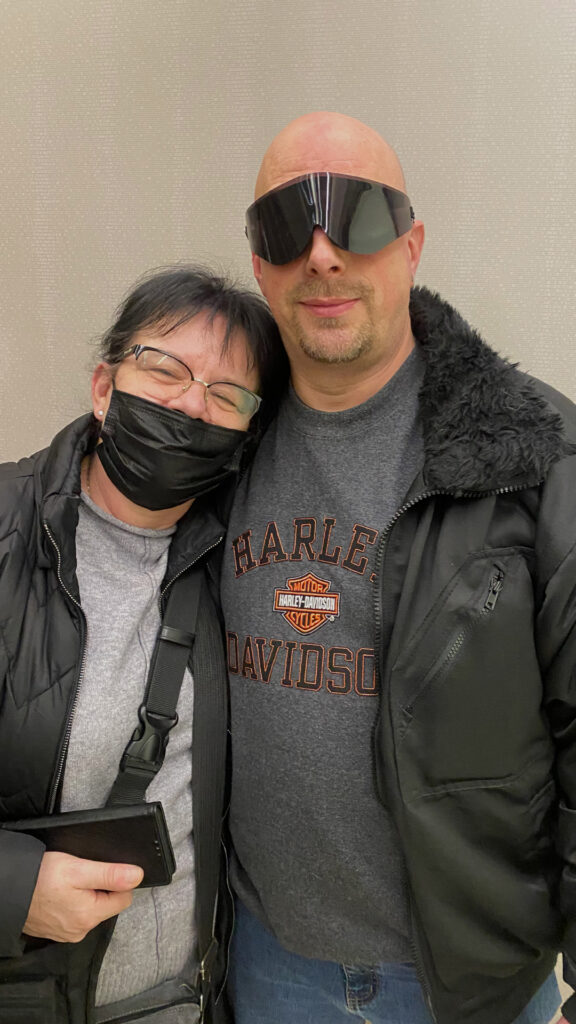
Lasik – Intralase

Lasik – Intralase

Lasik – Intralase
70% Cheaper Than the UK, the US, Canada and Ireland
World-class surgeons, advanced technology
Body Expert: Turkey’s Leading Medical Tourism Provider
English-Speaking Care & Rigourous Post-Op Follow-Up

Opticians hate it : since its invention in the United States in 1999, laser vision correction, an eye surgery operation based on the use of the excimer laser, has allowed more than 20 million people to get rid of their glasses or contact lenses and regain perfect vision. And every year, more than 700,000 people around the world use this technique to correct, forever, their vision problem : myopia, astigmatism, hyperopia or presbyopia.
IntraLase Lasik is a blade-free technology that uses a laser to perform the first step of a vision correction eye procedure. This procedure uses the laser to create a corneal flap. Before this revolutionary procedure, the operation was done manually using an instrument that used an oscillating metal blade.
This device was called a microkeratome. Luckily, with advances in medicine, we have technology that makes life a little less like a horror movie. This article will discuss a few critical things that this procedure has to offer and how brilliant Intralase Lasik is.
The excimer laser, which appeared in the 1990s, is a gas laser technology that emits “spots” of ultraviolet light, allowing the cornea to be reshaped in order to modify its curvature, with a very high degree of precision (in the order of a quarter of a micron). This precision allows two types of refractive surgery : the surface laser (PKR), used for astigmatism and average myopia, and the Lasik laser, which can treat any vision problem, provided that the corneal thickness parameters are very strict. If necessary, the specialist will turn to the surface laser.
Several types of femtosecond lasers are used by ophthalmic surgeons : the IntraLase FS150 (Abbot Medical Optics) ; the LDV Da Vinci (Ziemer) ; the Femtec (Technolas Perfect Vision) ; the Visumax (Zeiss Meditec) ; the UltraFlap 200 (Wavelight Alcon). The most commonly used laser in the world, notably in ophthalmology clinics in Istanbul, is the Intralase, the first femtosecond laser created in the world (in 2001) and today considered to be the most reliable and efficient, and the most adapted to the different types of corneas. So much so that intraLasik has become a generic term for “all-laser” treatment, including the femtosecond laser and the excimer laser.
With CustomVue Lasik, a map of the patient’s eye is made using computerised mapping technology. Each set of eyes has a specific set of characteristics, and like fingerprints, each eye is unique and requires specific treatment.
The mapping allows the Lasik surgeon to understand how to approach the problem and creates a specific laser pattern for each eye. The same procedure does not always work for every patient. Therefore, this pattern is designed specifically for each patient’s needs, creating a better and more straightforward procedure.
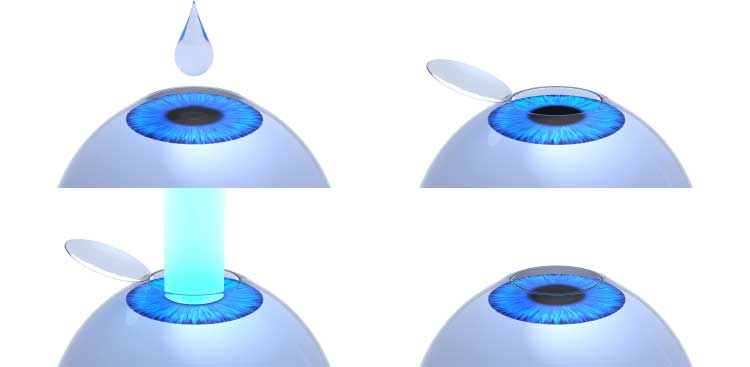
The principle of Lasik is to intervene on the cornea by correcting its defects that lead to various visual disorders. Thanks to the excimer laser, the surgeon will reshape the thickness of the cornea, by intervening on the transparent corneal tissue, made up of two layers : the stroma and the epithelium. The stroma, which makes up 90% of the cornea, consists of collagen lamellae that give the corneal tissue its strength, transparency and curved shape. The epithelium covers the cornea, allowing the tear film to spread. The epithelium is partially removed, either by microkeratome or by femtosecond laser, so that the surgeon can proceed to the sculpture of the stroma, with the excimer laser. The defects of the cornea thus corrected, the patient will regain a perfect vision of about 20/40.

Laser eye surgery is done while the eye-ball is numbed using eye drops. The procedure has been described as being relatively painless. A patient can go home an hour after the procedure is done, as it doesn’t require any stitches or bandages to protect the eye from exposure to light.
Immediately after the procedure, vision remains blurred for one or two hours. It is therefore forbidden to drive. It is necessary to let your eyes rest until next day. Most patients regain their vision and can return to work the day after. A feeling of dryness may occur in the following days, which can be treated with a few drops of saline solution.
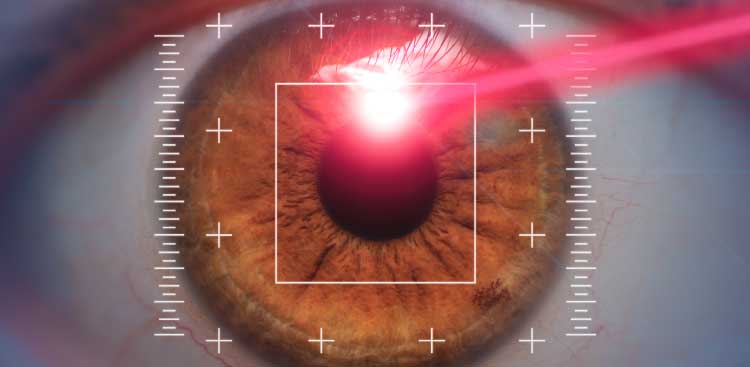
The side effects of Lasik are rare, but can appear in the days following the operation : problems with night vision, dry eyes, halos around light sources, which can last a few days, or even up to six months. In this case, your ophthalmologist will prescribe moisturizing and antibiotic drops. Post-operative complications are almost non-existent. Sometimes, the flap can slightly move, after a shock or having rubbed the eye. A return to the operating room will then be necessary to put it back in place.
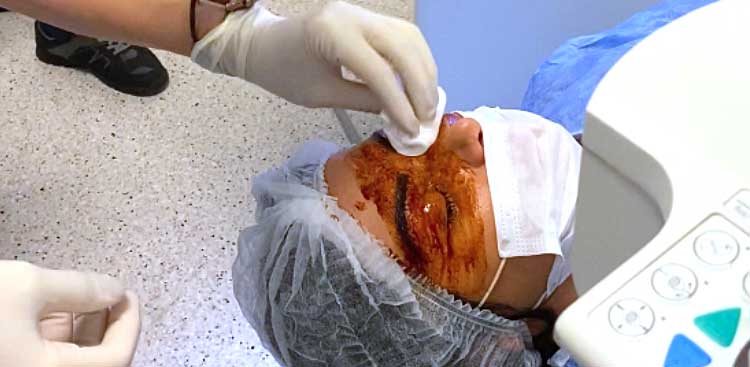
Lasik has been practiced for about 20 years and is a safe and common medical procedure : experienced ophthalmologists in this field are numerous and easy to find, the post-operative risks are almost non-existent, the procedure is quick and safe, and its a lifetime operation. Compared to PRK (surface laser), it is less invasive and less painful, and the recovery of vision is almost immediate, whereas it takes 3 to 7 days for PRK.
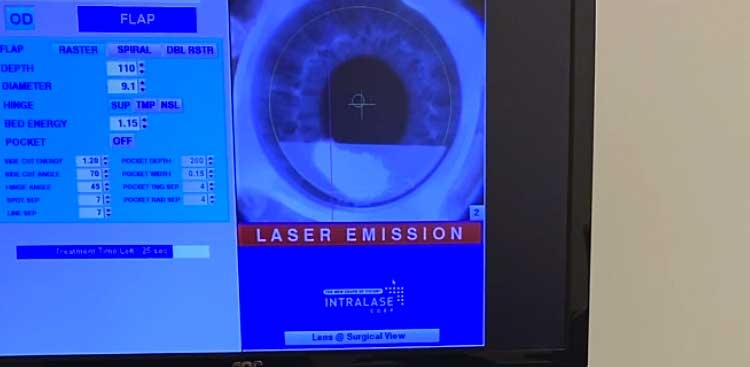
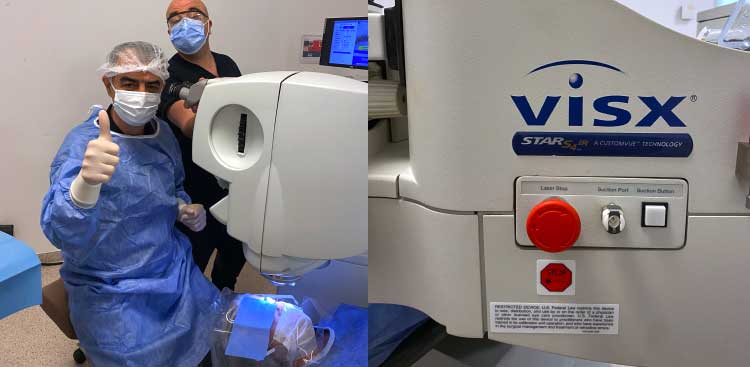
Preoperative examinations are necessary to determine possible contraindications to refractive surgery by excimer laser, Lasik and/or femtosecond laser. They will identify the topographical characteristics of the cornea and the degree of correction required. For an irregular corneal geometry or a too thin cornea, the surgeon will prescribe a PKR surface laser. Some corneal pathologies such as keratoconus or keratitis are incompatible with laser surgery.
The speed of execution, the safety, the regularity and the quality of the cut, the control over the programming of the cut and the optimal centering on the pupil offered by the intralasik, or other femtosecond lasers, not to mention its non-invasive nature, make it a much more advantageous technology than the microkeratome. In addition, the intralasik is equipped with an “eyetracker”, an automated system that detects and compensates for pupil movements in real time, allowing for the best centering of the laser beam, even if the eye moves.
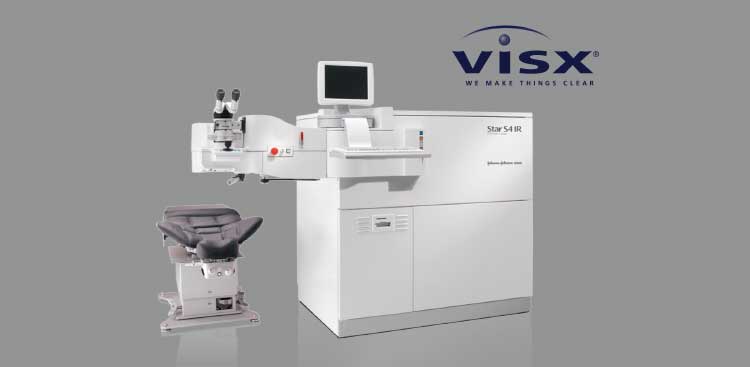
A specific side effect has been identified on some Intralase patients : Transient Light Sensitivity Syndrome (TLSS), which affected less than 1% of patients before 2004, who apperaed to be extremely sensitive to any light source. This photophobia effect would occur between 2 and 6 weeks after the operation. According to the manufacturer Johnson & Johnson, this problem has been corrected in the latest generations of machines. This syndrome, which does not affect visual acuity, can be resolved by prescribing ocular steroids.
Most european national heathcare systems do not reimburse refractive eye surgery, considering it to be a comfort operation. It is partially reimbursed by privatel insurance companies, according to the company and the type of contract. If in Western Europe, the cost of such an operation remains high (between 1500 and 3000€ per eye), the prices charged by ophthalmological clinics in Istanbul, Turkey, are at least 50% lower. The prices indicated here include Lasik surgery with Intralase for both eyes.

